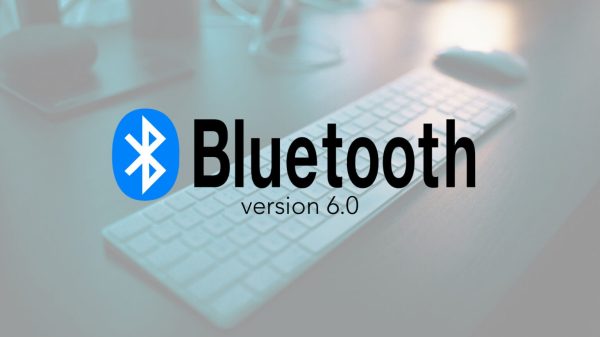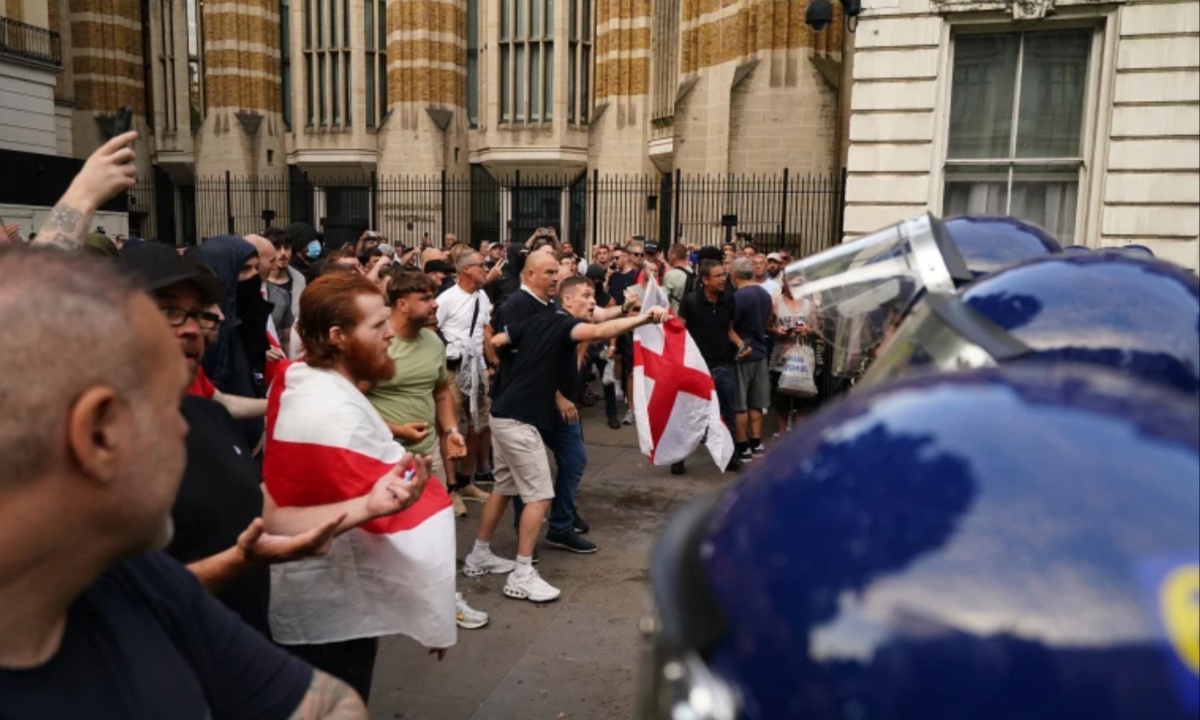On July 29, 2024, Axel Rudakubana committed a horrific crime, murdering three children at a Taylor Swift dance class in Southport, Merseyside. The children, all under ten years old, were the victims of this tragic attack.
Shortly afterward, misinformation spread rapidly on social media, falsely identifying the perpetrator as a Muslim migrant named Ali Al-Shakati. By the next day, over 30,000 mentions of this false identity appeared on X (formerly Twitter), and it even became a trending topic on the platform, driving widespread belief in the false narrative.
The false claims quickly escalated tensions, leading to a far-right march in Southport that devolved into violence. Protesters attacked a mosque with bricks and bottles, setting police vans and cars on fire. The unrest soon spread beyond Southport, targeting mosques, hotels housing asylum seekers, and even unrelated buildings such as libraries and Citizens Advice Bureaus.
With immigration lawyers facing threats, some were forced to flee their homes. The root cause of this violence was the rapid dissemination of false information, which had inflamed public anger and fear.

Social Media Misinformation Sparks Far-Right Violence After Tragic Southport Murders
In the aftermath, attention turned toward the role of social media in fueling the violence. Platforms like X were instrumental in spreading the false narrative that drove the riots.
The British government responded by introducing tougher punishments for those inciting racial hatred and spreading dangerous misinformation online. However, broader discussions on the deeper causes of this problem—such as the psychological and societal factors that lead people to believe and act on misinformation—were largely missing from the public debate.
Experts in psychology pointed out the complex motivations behind why people fall for misinformation. Stephan Lewandowsky, a psychologist specializing in misinformation, emphasized that this case was a rare example where a direct link could be drawn between false information and violent actions.
Historically, misinformation has always been part of human communication, but the rise of social media has amplified its reach. Walter Scheirer, a historian of misinformation, explained that people often engage with false information to fulfill psychological needs, such as seeking clarity or control in uncertain situations, making it difficult to dispel these beliefs once they take hold.
Social media, however, accelerates the spread of these false narratives. Lewandowsky explained that platforms like X create a “false consensus” effect, where users believe their views are widely shared due to the platform’s ability to connect like-minded individuals.
This, in turn, encourages people to act on their beliefs, sometimes with extreme consequences. Far-right extremists, including a neo-Nazi from Finland, played a central role in organizing violence in Southport through platforms like Telegram, demonstrating the power of these digital networks in coordinating harmful actions.
The rise of far-right influencers on social media has further exacerbated the problem. Figures like Tommy Robinson and Andrew Tate, who were reinstated on X after being previously banned, played a significant role in spreading misinformation about the Southport attack. Robinson, in particular, has amassed a large following on the platform, using it to mobilize support for far-right causes.
This decentralized, influencer-driven far-right movement is much more fragmented and harder to combat than traditional far-right groups, which were previously more organized around political parties or specific agendas.
Beyond social media, some experts argue that the groundwork for this violence has been laid over years of negative media coverage and political rhetoric. Research shows that a significant portion of British media, especially certain tabloids, frequently portrays Muslims and Islam in a negative light.
This has contributed to an atmosphere of fear and hostility, which has made it easier for far-right narratives to take root. In addition, politicians’ divisive language over the past decade has further stoked tensions, creating fertile ground for far-right violence.
While the role of social media in spreading misinformation and inciting violence is clear, many believe the underlying societal issues also need to be addressed.
The events in Southport did not happen in isolation—they were the result of years of media portrayal and political discourse that have deepened divisions in society. As the country grapples with the aftermath of these riots, there is a growing realization that addressing these broader issues is crucial if similar tragedies are to be prevented in the future.









































